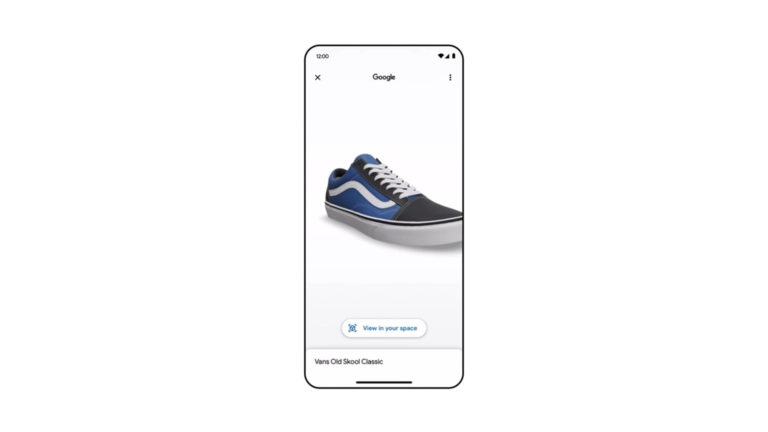
XR continues to evolve and take shape. Like other tech sectors, it has spawned several sub-sectors that comprise an ecosystem. These include industrial AR, consumer VR, and AI wearables. Existing alongside all of them – and overlapping to some degree – is AR marketing.
Among other things, AR marketing includes sponsored AR lenses that let consumers visualize products in their space. This field – including AR creation tools and ad placement – could grow to $11.2 billion in 2029 according to our research arm, ARtillery Intelligence.
Factors propelling this growth include brand advertisers’ escalating affinity for, and recognition of, AR’s potential. More practically speaking, there’s a real business case. AR marketing campaigns continue to show strong performance metrics when compared with 2D benchmarks.
How is this coming together? And what are best practices? These questions were tackled in a recent report from ARtillery Intelligence, including narrative analysis, revenue projections, and campaign case studies. It joins our report excerpt series, with the latest below.
Marketing in Motion
One of AR’s biggest revenue categories is marketing – projected to grow from $6.13 billion in 2024 to U.S. $11.2 billion in 2029, a 12.87 percent compound annual growth rate. This includes spending by brands to create and distribute immersive ad formats such as virtual try-ons.
Users interact with these experiences through calls to action that activate their smartphone cameras and overlay branded animations on the real world. We’re talking everything from sponsored lenses to QR-code-activated experiences on product packaging.
This is usually done to promote or visualize a given brand’s products. It can include product awareness and/or transaction-enabled shopping. It can also happen through a brand’s own channels (e.g., apps), or through paid amplification in places like Snapchat, Instagram.
That paid piece gets into AR advertising – a subset of AR marketing that’s projected to grow from $1.52 billion in 2024 to $2.24 billion by 2029. Beyond paid ad placement, other revenue categories in AR marketing include campaign creation platforms and 3D modeling software.
But even though there are subcategories in AR marketing, brand goals are similar in each case. For example, sponsored lenses are prevalent, but brands can operate outside of paid channels such as their own apps, web properties, and self-distributed AR marketing.
Attributes & Accelerants
AR marketing’s growth is being driven by a few factors. One is that brands are attracted to the technology’s ability to demonstrate products in immersive ways. That appeals to creative sensibilities – erstwhile stuck in 2D media and confining formats such as mobile banner ads.
Brand adoption is also driven by the fact that AR is working. There’s a feedback loop of campaign performance, results, and ROI. This causes AR ad creation and investment to grow in the form of recurring campaigns, as well as new entrants attracted by its proven effectiveness.
Another factor that’s attracting these brands is AR’s ability to span the consumer purchase funnel. It’s conducive to upper-funnel reach and lower-funnel response. This is a rare attribute in advertising media, as a sliding scale usually exists between endpoints of the funnel.
AR marketing does this double duty through high-reach distribution in places like Instagram’s Discovery Feed and Snapchat’s Lens Explorer. From there, it can achieve high performance when users activate immersive product try-ons, then purchase items on the spot.
That last step in the funnel usually resonates most due to its measurable revenue impact and ROI. AR product visualization can boost conversion rates, which are also accelerated by transactional functionality and the shopping intent that’s inherent in the social commerce movement.
We’ll pause there and circle back in the next installment with more AR marketing analysis and campaign case studies. Meanwhile, see the full report here.
